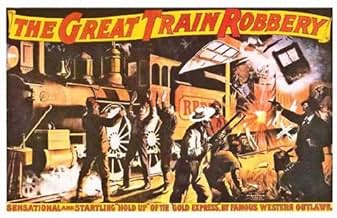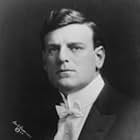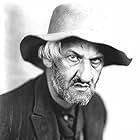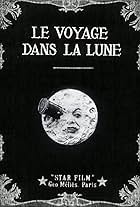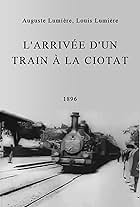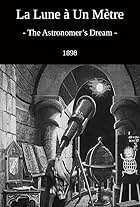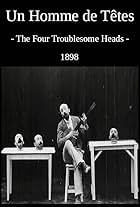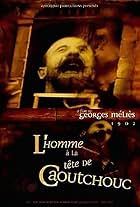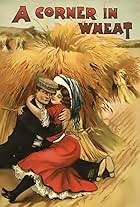A group of bandits stage a brazen train hold-up, only to find a determined posse hot on their heels.A group of bandits stage a brazen train hold-up, only to find a determined posse hot on their heels.A group of bandits stage a brazen train hold-up, only to find a determined posse hot on their heels.
- Awards
- 1 win
Gilbert M. 'Broncho Billy' Anderson
- Bandit
- (uncredited)
- …
A.C. Abadie
- Sheriff
- (uncredited)
Justus D. Barnes
- Bandit Who Fires at Camera
- (uncredited)
Walter Cameron
- Sheriff
- (uncredited)
John Manus Dougherty Sr.
- Fourth Bandit
- (uncredited)
Donald Gallaher
- Little Boy
- (uncredited)
Shadrack E. Graham
- Child
- (uncredited)
Frank Hanaway
- Bandit
- (uncredited)
Adam Charles Hayman
- Bandit
- (uncredited)
Robert Milasch
- Trainman
- (uncredited)
- …
Marie Murray
- Dance-Hall Dancer
- (uncredited)
Frederick T. Scott
- Man
- (uncredited)
Mary Snow
- Little Girl
- (uncredited)
- Director
- Writers
- All cast & crew
- Production, box office & more at IMDbPro
Storyline
Did you know
- TriviaThe original camera negative still exists in excellent condition. The Library of Congress, who holds it, can still make new prints.
- GoofsWhen the telegraph operator revives with his hands tied behind his back, he uses one of his hands to help him stand up and then quickly puts the hand behind his back again.
- Alternate versionsThere is an Italian edition of this film on DVD, distributed by DNA srl, "CENTRO! (Straight Shooting, 1917) + IL CAVALLO D'ACCIAIO (The Iron Horse, 1924) + LA GRANDE RAPINA AL TRENO (The Great Train Robbery, 1903)" (3 Films on a single DVD), re-edited with the contribution of film historian Riccardo Cusin. This version is also available for streaming on some platforms.
- ConnectionsEdited into Hollywood: The Dream Factory (1972)
Featured review
It's hard to assign "The Great Train Robbery" a rating, as it shouldn't really be watched as a film the way we watch films now. But from a historical perspective, it's fascinating, and is an excellent example of the use of film editing, an art form then in its infancy and now an award category recognized every year at the Oscars.
Before this movie, it wasn't customary to tell multiple story lines simultaneously, but here, various activities going on in different locations are intercut to create suspense. D.W. Griffith would use this technique much more ambitiously (and combine it with many other developing film techniques) in "The Birth of a Nation" over ten years later, but credit must be given to "Train Robbery" for blazing a trail.
Also, this is the movie famous for the shot of an outlaw shooting a gun directly at the camera. I can't imagine what effect this had on audiences at the time, who were probably diving behind their chairs for cover.
Grade: A
Before this movie, it wasn't customary to tell multiple story lines simultaneously, but here, various activities going on in different locations are intercut to create suspense. D.W. Griffith would use this technique much more ambitiously (and combine it with many other developing film techniques) in "The Birth of a Nation" over ten years later, but credit must be given to "Train Robbery" for blazing a trail.
Also, this is the movie famous for the shot of an outlaw shooting a gun directly at the camera. I can't imagine what effect this had on audiences at the time, who were probably diving behind their chairs for cover.
Grade: A
- evanston_dad
- Jan 2, 2006
- Permalink
Details
- Release date
- Country of origin
- Language
- Also known as
- Велике пограбування потягу
- Filming locations
- Production company
- See more company credits at IMDbPro
Box office
- Budget
- $150 (estimated)
- Runtime11 minutes
- Sound mix
- Aspect ratio
- 1.33 : 1
Contribute to this page
Suggest an edit or add missing content

Top Gap
By what name was The Great Train Robbery (1903) officially released in India in English?
Answer
